The iPhone 14 Pro is expected to make a big break with Apple tradition, and we're not just talking about its disappearing notch: the flagship's main camera has also been tipped to finally make the leap from a 12MP to 48MP resolution.
Is that a big deal? After all, the Nokia 808 PureView arrived back in 2012 with a 41MP sensor – not to mention the countless Android phones from Huawei, Xiaomi and Samsung that have arrived with high-megapixel cameras in the past few years.
But for Apple fans, it'd be a momentous change for two reasons. Firstly, iPhones have been built around 12MP sensors since the iPhone 6S back in 2015. This means the iPhone 14 is expected to deliver the first major megapixel bump for seven years, and the most dramatic one in the history of the iPhone.
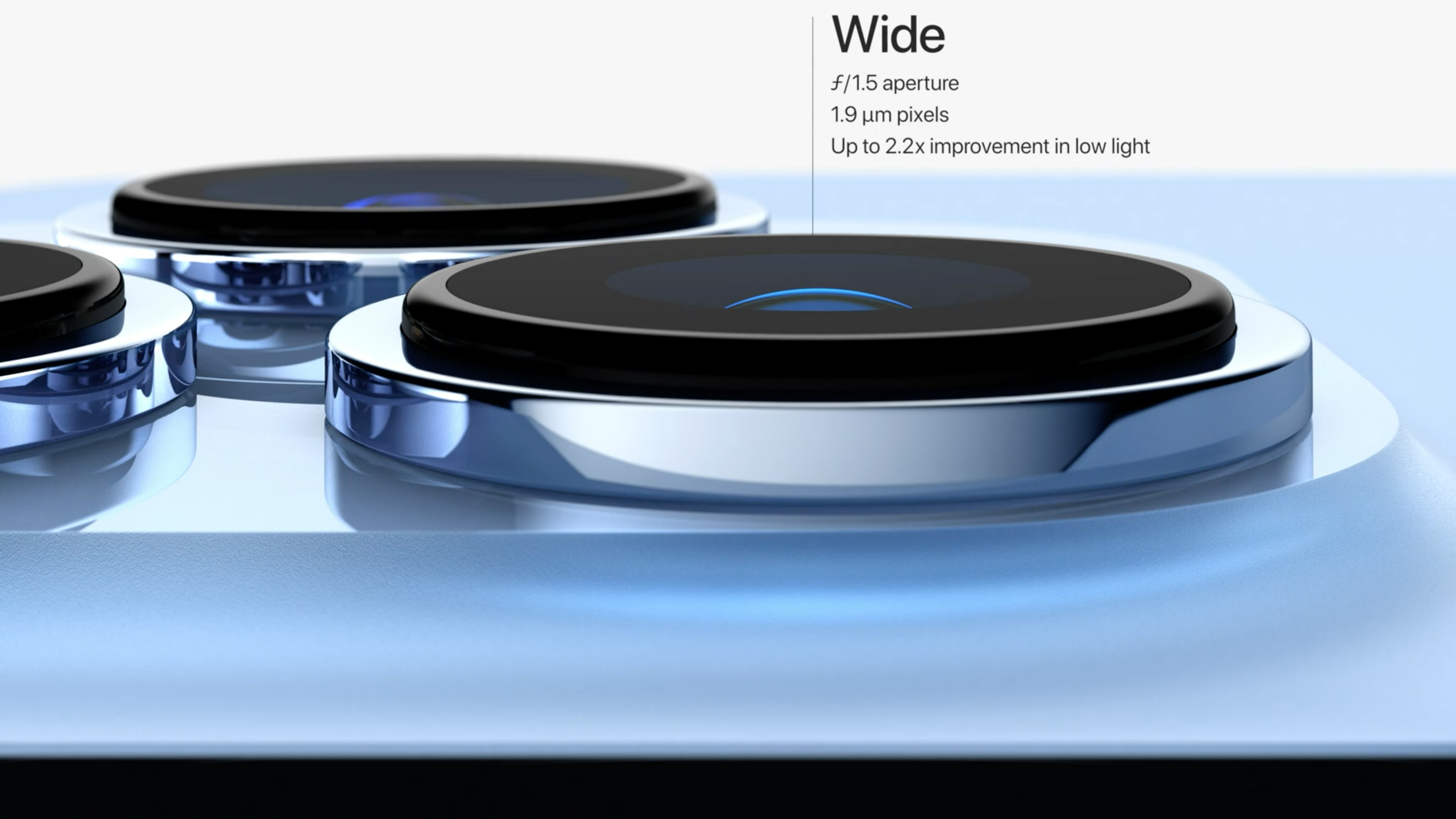
But it's also important because of the timing. We currently rate the iPhone 13 Pro as the best camera phone you can buy, and during a time when a phone's photographic skills have never been more important. So why might Apple now risk making such a dramatic change to its flagship phone camera?
There are a few likely explanations – and, interestingly, very few have to do with photography. The bump to 48MP would reflect the trends we've seen recently in mirrorless cameras, which increasingly walk a tightrope of balancing traditional photographic demands with exciting new possibilities in image making.
The timing certainly makes sense – now it's just a question of what Apple plans to do with those extra pixels...
Trust the process
In the past, combining small sensors with high megapixel counts was about as advisable as using FaceApp on your dog. In other words, a pretty bad idea, because more megapixels means smaller pixels, and smaller pixels means weaker image signals with more overall noise. That noise would likely obscure any extra detail you gained from the higher resolution, so lower megapixel sensors were the sensible choice.
This is fundamentally why the iPhone has stuck with a 12MP camera sensor for so long. It's increasingly looked like a photographic dinosaur in the process, particularly when you compare it to the 108MP Samsung Galaxy S22 Ultra and 50MP Google Pixel 6 Pro. But the logic has been, and continues to be, pretty sound – as long as you're looking at it through the lens of taking photos for the web.
So what's changed to make Apple reconsider? Firstly, there have been the processing advances made for high-megapixel sensors. 'Pixel-binning' , which treats four adjacent pixels on a sensor as one big pixel, has become so sophisticated that even full-frame cameras like the Leica M11 now adopt it. In the M11's case, it gives you the option of taking 60MP, 36MP or 18MP photos.
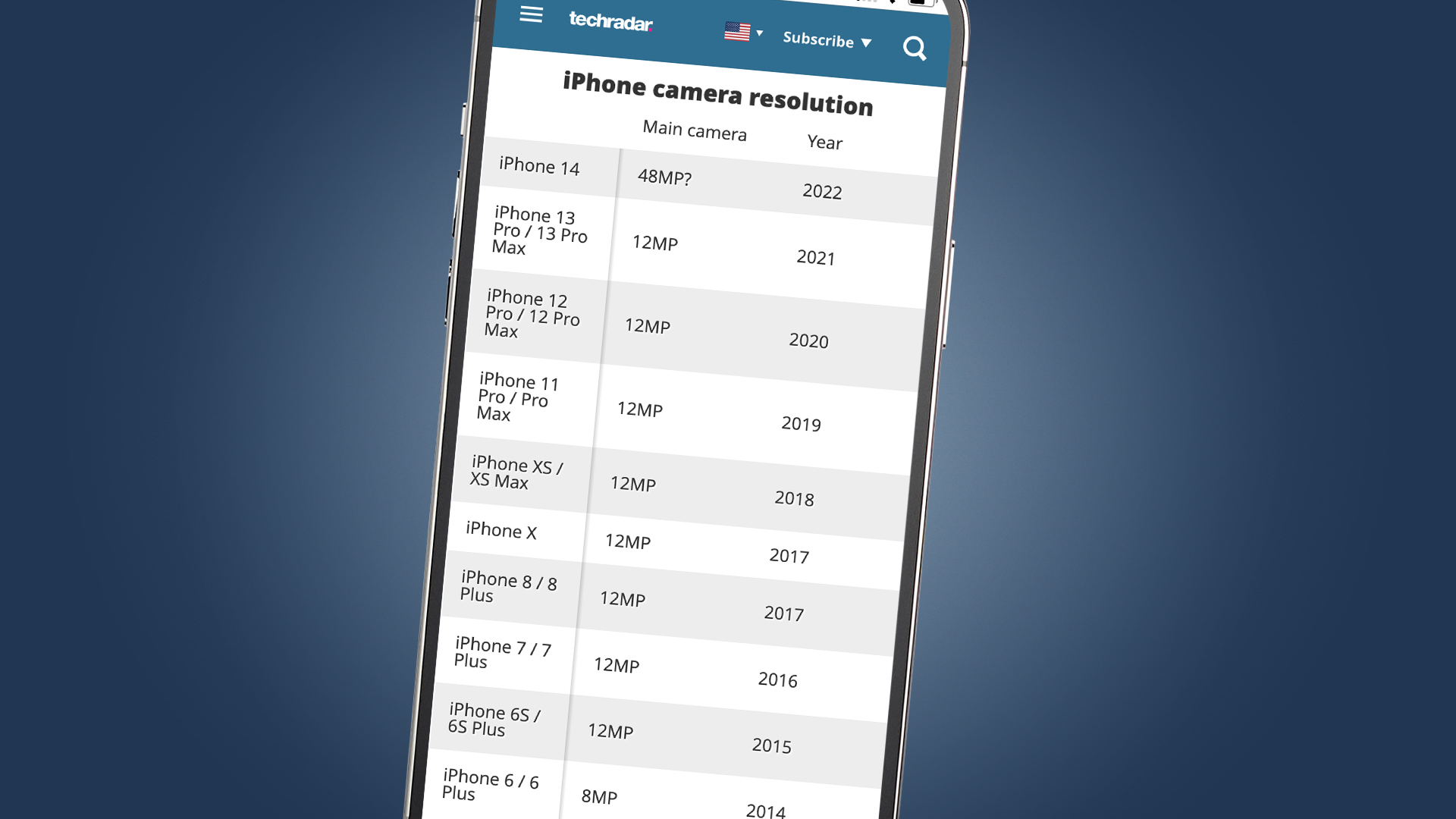
Apple will no doubt try to claim it invented the technology with its magical 'SuperPixel' mode. But Android phones have shown there are now few, if any, disadvantages to offering a high-megapixel mode alongside a traditional 12MP one. Powerful chips and multi-frame processing have largely eliminated traditional noise issues, even if the knock-on effect is often a hyper-real HDR look.
It isn't that 12MP is no longer good enough – that resolution will always be fine for social media, and the Sony A7S III continues to be one of the best full-frame cameras around with a 12.1MP sensor. But 12MP sensors no longer have the flexibility, nor their traditional low-light advantages, over high-resolution alternatives. And that's partly why, as reliable insiders like Ming-Chi Kuo have predicted, the iPhone 14 will likely make the big jump to 48MP.
The lack of downsides to a megapixel feast is one thing, but what are the upsides? The other big reason for the change is likely the rapidly increasing importance of video. Just like mirrorless cameras, this has become the main area of focus for Apple's camera developers – and the new sensor could have a big impact here, too.
Switching focus
What will the iPhone 14 do with its extra pixels? The most obvious answer is 8K video recording. The iPhone 13 Pro already shoots in 4K/60p and is probably the best video phone you can buy, but you need at least a 33MP sensor for 8K video – so this is one area the iPhone 14 could spend its resolution riches.
Who needs a phone with an 8K video camera? Right now, no one. Not even pro filmmakers are delivering video or films in 8K, because very few people have the option of watching videos in that resolution and it creates enormous workflow headaches due to file sizes. But that doesn't necessarily mean 8K video on the iPhone 14 would be pointless spec posturing.
One benefit of shooting in 8K is that it gives you the option of cropping into the footage and exploring alternate angles, while retaining 4K resolution. Granted, that's less appealing with a small phone sensor than a full-frame camera like the Canon EOS R5. But if the iPhone 14 does have 8K video powers, we'd wager that Apple will use it for an interesting software trick with a suitably ridiculous name.
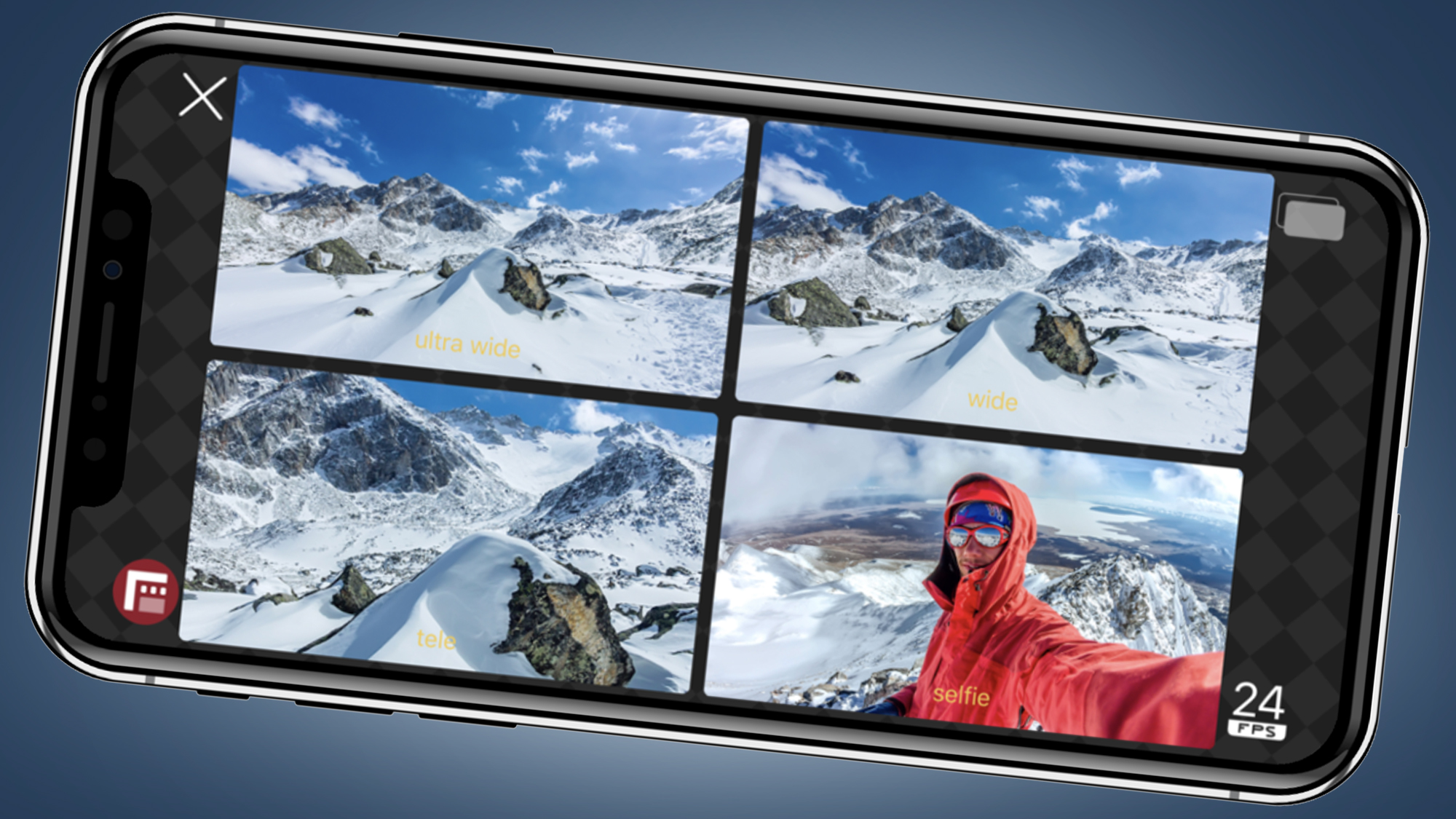
For example, our entirely made-up 'Auteur Mode' would see the iPhone 14 using those extra pixels to give you a few different 4K (or 1080p) angles of a scene from one lens. Some video shooters use 'reframing' achieve this effect when editing talking-head interviews, while the Filmic app's 'DoubleTake' mode lets you do something similar with multiple iPhone cameras. The latter's clips are capped at 1080p, so using 8K resolution from a main camera could be an alternate way to get fresh angles from an automated video edit, much like Adobe Premiere Pro's 'Auto Reframe' feature.
The iPhone 14's 8K camera might not just be for traditional video, either. Another possibility raised by Ming-Chi Kuo is that the resolution will be ideal for creating content for the forthcoming Apple Glasses, which are expected to have two 4K micro-LED displays (one for each eye). VR videos ideally need at least 8K resolution, which is why Canon's VR push is centered around its Canon EOS R5. This is again something of a fringe benefit to a high-megapixel sensor, but the future-proofing certainly makes sense.
Keep it snappy
But what about traditional photography on the iPhone 14? For all the fancy benefits of a 48MP sensor, it needs to at least match the stills performance of its 12MP predecessors, or it'll plummet down our phone camera rankings faster than Wile E. Coyote. Fortunately, there are good reasons to believe that it'll at least match the iPhone 13 Pro here and, if all goes well, probably surpass it.
One of the reasons for this is that the iPhone 14's sensor is expected to be bigger than today's flagship. Recent leaks have suggested an increase of as much as 25-35% to its diagonal length, which will mean more delicious light for those algorithms to work their magic with.
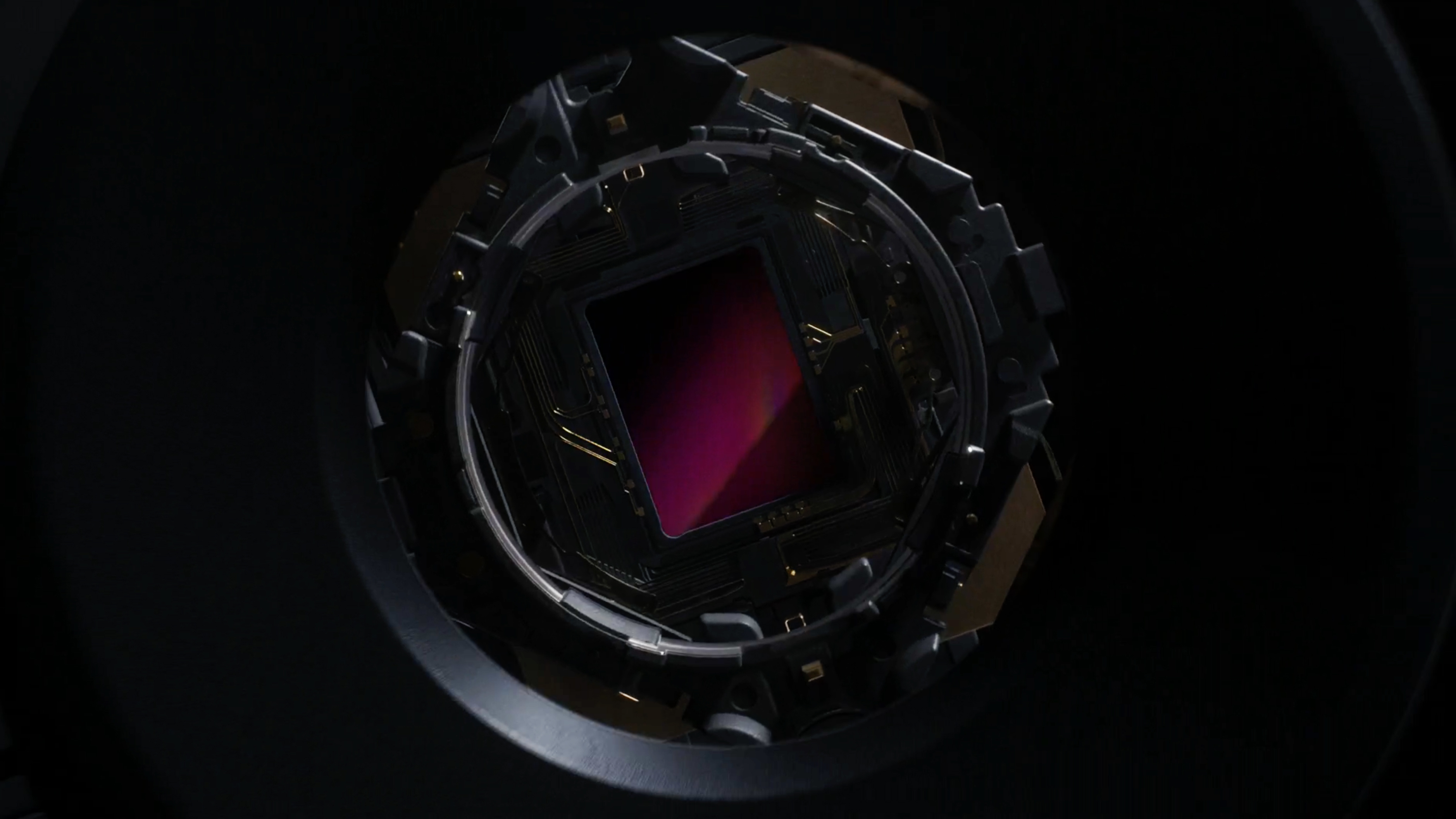
The iPhone 14's default photo mode will likely continue to be 12MP, thanks to pixel-binning on that default 48MP resolution. But in good light, you'll likely get the option to shoot at a higher-resolution – and this could open up the possibility of improved hybrid zoom powers to help it challenge the Samsung Galaxy S22 Ultra.
What the iPhone 14 won't bring, according to the latest rumors, is a periscope zoom lens to match its Samsung rival. According to both Jeff Pu of Haitong International Securities and Ming-Chi Kuo, this folded lens design will only arrive in 2023 on the iPhone 15 Pro and iPhone 15 Pro Max, delivering 5x optical zoom.
So while the iPhone 14's expected move to a 48MP sensor would be a significant one, photographers may be better off waiting to until next year to upgrade – or at the very least, until test results emerge for the iPhone 14 camera. Plugging a complex imaging pipeline into a new sensor isn't a small undertaking – and while we don't anticipate Apple making any major mistakes, there is always the possibility of teething problems.
Belated resolution
The iPhone 14's belated move to a 48MP camera would be typical Apple. The company is rarely first with a new technology, preferring instead to slowly refine things and then present them as 'breakthrough' features.
But while the switch from a 12MP camera would be momentous, it also isn't as significant a change as it once was. Many photographers would argue it isn't particularly beneficial for shooting stills, and a phone camera's specs (with the possibly exception of sensor size) are now far less important than its software processing.
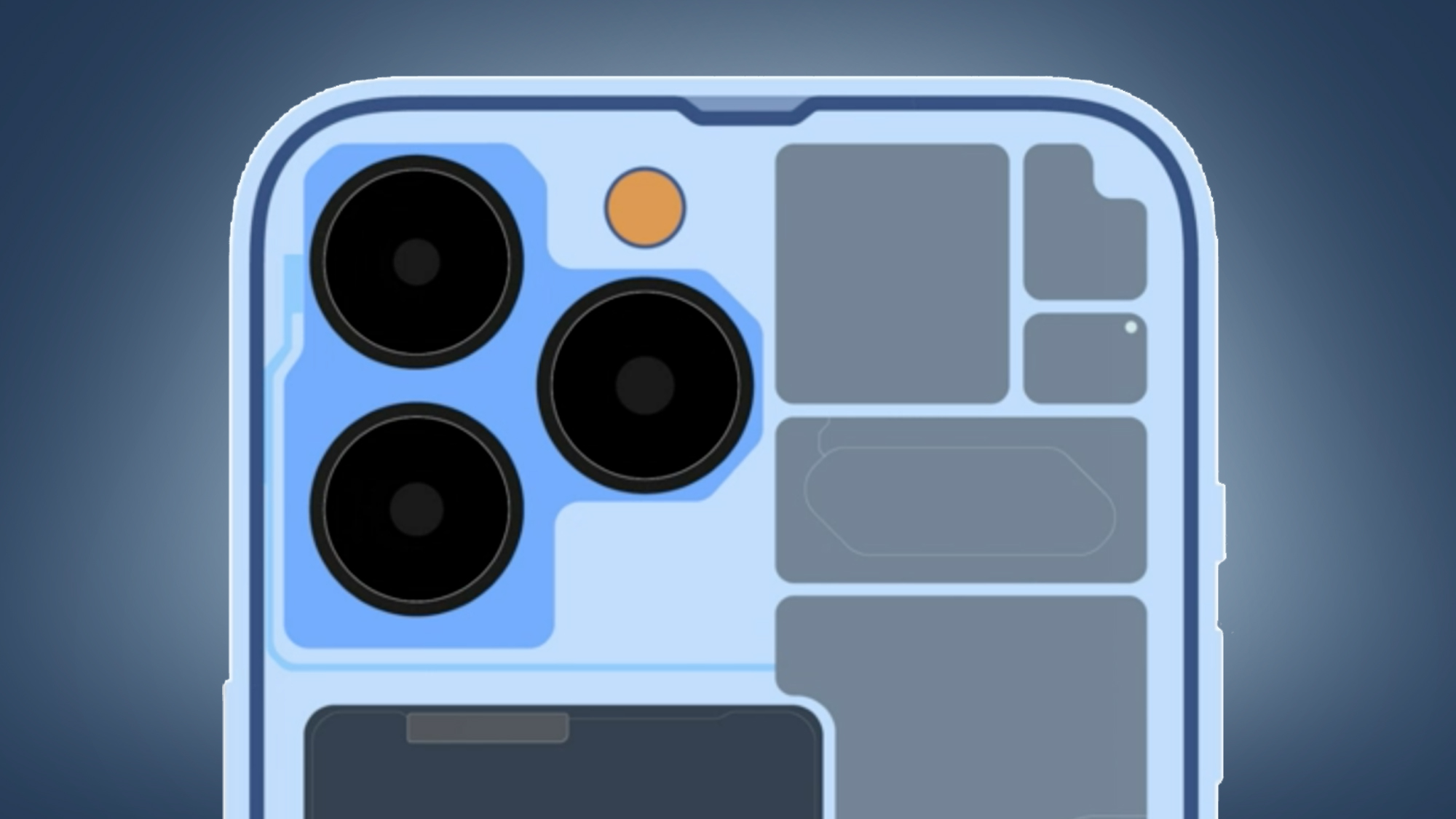
This is an area where the iPhone has excelled, despite often having technically 'inferior' hardware to its Android rivals. So we're looking forward to seeing what the iPhone 14 does with its rumored high-megapixel sensor, and if it produces some new software tricks to sit alongside the likes of Photographic Styles and Cinematic Mode.
What could be more important, though, is what Apple does with the iPhone 14's other cameras – and the non-photographic tricks that 48MP sensor might help it pull off in the video and AR/VR spaces.
from TechRadar - All the latest technology news https://ift.tt/eAk7n0a